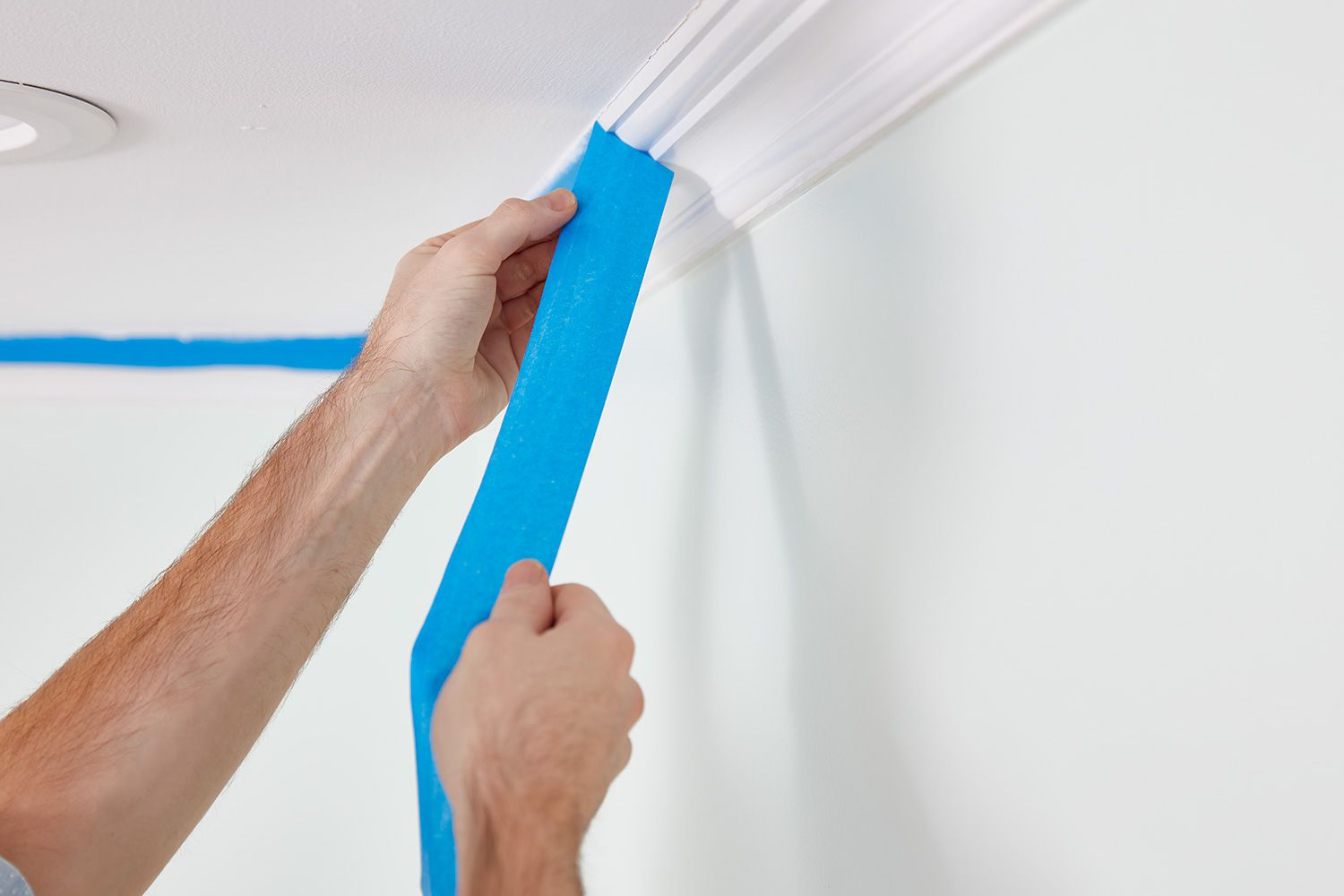
The Pros and Cons of Using Painters Tape
Painters tape is a popular tool used by both professional painters and DIY enthusiasts to achieve clean, crisp lines when painting. While it can be a helpful tool, there are both pros and cons to using painters tape. In this article, we will explore the advantages and disadvantages of using painters tape in your painting projects.
Pros of Using Painters Tape:
- Precise Lines: The primary advantage of using painters tape is that it can help you achieve precise lines when painting. By applying the tape to the edges of the area you want to paint, you can prevent paint from bleeding or dripping onto adjacent surfaces. This is particularly useful when painting trim or creating designs on walls.
- Easy to Apply: Painters tape is easy to apply and remove. It typically adheres well to most surfaces without leaving residue or damaging the underlying material. The tape can be cut to size and applied quickly, making it a convenient tool for DIYers.
- Versatile: Painters tape is available in a variety of sizes, widths, and colors. This makes it a versatile tool that can be used for a wide range of painting projects, from small touch-ups to large-scale projects.
- Cost-effective: Compared to other painting tools, such as masking paper or plastic sheets, painters tape is relatively inexpensive. It is also reusable, which can further reduce costs over time.
- Reduces Clean-Up Time: By preventing paint from bleeding onto adjacent surfaces, painters tape can reduce the amount of time and effort required for clean-up after painting. This is particularly useful when painting in tight spaces or on surfaces that are difficult to clean, such as carpets or upholstery.
Cons of Using Painters Tape:
- Time-consuming: While painters tape can help achieve precise lines, it can also be time-consuming to apply and remove. For large-scale painting projects, applying tape to all edges of the area to be painted can be tedious and time-consuming.
- Not Always Effective: Painters tape may not always be effective at preventing paint from bleeding onto adjacent surfaces. If the tape is not applied properly or if the surface being painted is uneven, paint may still seep through or drip onto adjacent surfaces.
- Can Damage Some Surfaces: While painters tape is designed to be gentle on most surfaces, it can damage some materials, such as wallpaper or delicate fabrics. It is important to test the tape on a small, inconspicuous area before applying it to the entire surface.
- Limited Flexibility: Painters tape is designed to adhere to straight edges and may not be as effective on curved or irregular surfaces. In these cases, other painting tools, such as a paintbrush or roller, may be more effective.
- Not Suitable for All Painting Projects: While painters tape is a useful tool for achieving precise lines, it may not be suitable for all painting projects. For example, if you want to create a textured or free-form design on your wall, using painters tape may not be the best approach.
Conclusion:
Painters tape can be a useful tool for achieving clean, precise lines when painting. It is easy to apply and remove, versatile, cost-effective, and can reduce the amount of time and effort required for clean-up after painting. However, it may not always be effective at preventing paint from bleeding onto adjacent surfaces, can be time-consuming to apply and remove, and may damage some surfaces. Additionally, it may not be suitable for all painting projects. Ultimately, the pros and cons of using painters tape will depend on your individual preferences, the scope of your painting project, and the materials you are working with.



No Comments
Sorry, the comment form is closed at this time.